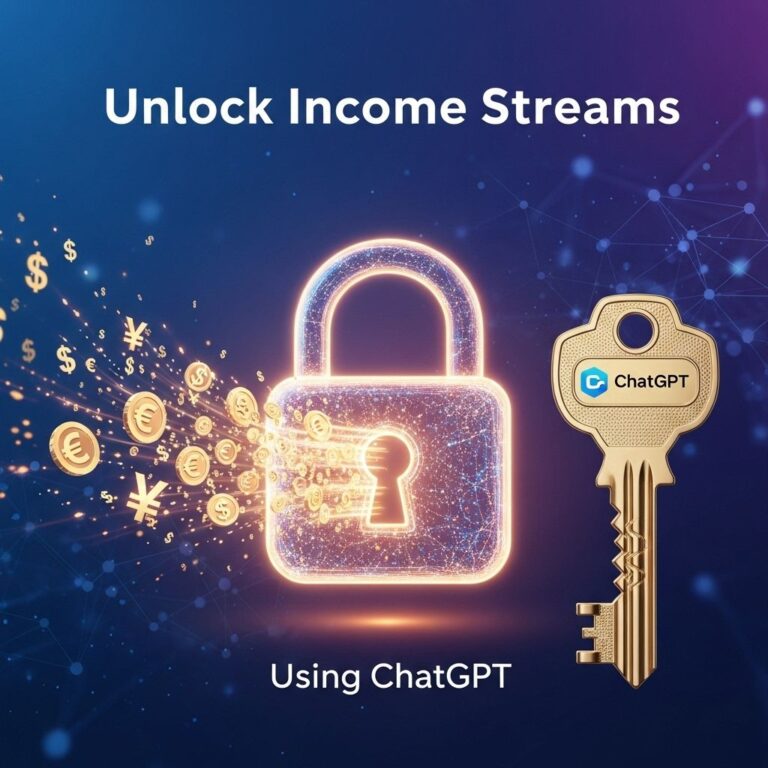In the digital age, selling online courses has emerged as a viable pathway to generate passive income. Whether you’re an expert in a specific field or simply passionate about sharing knowledge, creating an online course can not only provide you with a steady income but also allow you to build a global audience. In this guide, we will explore the essential steps to create and sell courses effectively.
Table of Contents
Identifying Your Niche
The first step toward selling courses for passive income is identifying your niche. A well-defined niche helps you target a specific audience and differentiate your offering from the competition. Here are some steps to find your niche:
- Evaluate Your Expertise: List down your skills and knowledge areas.
- Research Market Demand: Use tools like Google Trends, Udemy, and Skillshare to identify popular topics.
- Consider Profitability: Ensure that there’s a potential market willing to pay for your knowledge.
Examples of Profitable Niches
| Niche | Description | Potential Audience |
|---|---|---|
| Digital Marketing | Techniques for online promotion, SEO, and social media. | Small business owners, marketers. |
| Programming | Teaching languages like Python, JavaScript, etc. | Aspiring developers, students. |
| Personal Finance | Budgeting, investing, and financial literacy. | Young professionals, families. |
Creating Your Course
Once you have decided on your niche, the next step is to create your course content. This involves several stages:
Course Planning
Begin by outlining your course structure. Think about:
- Course Length: Decide how long your course will be and how many modules it will comprise.
- Learning Outcomes: Define what students will be able to achieve after completing the course.
- Content Format: Choose between videos, texts, quizzes, or interactive elements.
Content Development
As you develop the content, consider the following:
- Script Your Lessons: Write detailed scripts for video content or outlines for written materials.
- Record Videos: Use high-quality equipment to ensure clear audio and visuals.
- Edit and Enhance: Utilize editing software to make your videos engaging with visuals, animations, and transitions.
Selecting the Right Platform
Choosing the right platform to host and sell your course is crucial for maximizing reach and sales. Here are some popular platforms:
Comparison of Course Platforms
| Platform | Pros | Cons |
|---|---|---|
| Udemy | Large audience, easy to use, marketing support. | High commission fees, limited control over pricing. |
| Teachable | Custom branding, pricing control. | Monthly fees, requires self-promotion. |
| Thinkific | Flexible pricing, no transaction fees. | Learning curve, requires time to set up. |
Marketing Your Course
With your course ready and a platform established, it’s time to market your offering. A comprehensive marketing strategy should include:
Building an Audience
Before launching, build a community around your niche:
- Social Media Presence: Engage with potential students on platforms like Instagram, LinkedIn, and Facebook.
- Email Lists: Start collecting emails through lead magnets and newsletters.
- Blogging/Vlogging: Share valuable content related to your course to establish authority.
Utilizing Paid Advertising
Once you have some traction, consider investing in paid advertising:
- Facebook Ads: Target specific demographics based on interests related to your course.
- Google Ads: Capture intent-driven searches with relevant keywords.
Engaging with Your Students
Post-launch, maintaining student engagement is vital for positive reviews and repeat customers:
- Feedback Surveys: Regularly collect feedback to improve your course.
- Discussion Forums: Foster interaction among students to enhance learning experiences.
- Live Q&A Sessions: Schedule sessions to address student queries and build community.
Scaling and Improving Your Course
Once your course is established, think about scaling:
- Upselling: Create advanced courses or related content to sell to existing students.
- Affiliate Marketing: Offer commissions to others promoting your course.
- Regular Updates: Keep your course content fresh and relevant by updating it regularly.
Measuring Success
Lastly, track your success through various metrics:
- Sales Figures: Monitor your revenue and adjust strategies accordingly.
- Student Feedback: Assess satisfaction levels through reviews and ratings.
- Engagement Metrics: Look at course completion rates and active participation in discussions.
In conclusion, selling courses for passive income involves a multifaceted approach that integrates identifying a niche, creating high-quality content, selecting suitable platforms, and effective marketing strategies. With dedication and the right strategies, anyone can tap into this growing trend and establish a steady source of income.
FAQ
What are the key steps to selling online courses for passive income?
To sell online courses for passive income, first identify your niche and target audience, create high-quality course content, choose a reliable online course platform, and implement effective marketing strategies to reach potential learners.
What platforms are best for selling online courses?
Popular platforms for selling online courses include Udemy, Teachable, Thinkific, and Kajabi. Each platform offers different features, so choose one that aligns with your goals and audience.
How can I market my online course effectively?
To market your online course, utilize social media, create a professional website, offer free webinars or previews, leverage email marketing, and consider paid advertising to reach a broader audience.
What is the importance of course content quality?
High-quality course content is crucial for attracting and retaining students. Engaging, well-structured, and informative content leads to better reviews, student satisfaction, and increased sales.
Can I automate the selling process for my online course?
Yes, you can automate various aspects of selling your online course by using email marketing tools, sales funnels, and automated payment processing systems, allowing you to generate passive income with minimal ongoing effort.
How long does it take to start earning passive income from online courses?
The time it takes to start earning passive income from online courses varies greatly, depending on your marketing efforts, course quality, and audience engagement. With the right strategies, you can begin seeing results within a few months.









